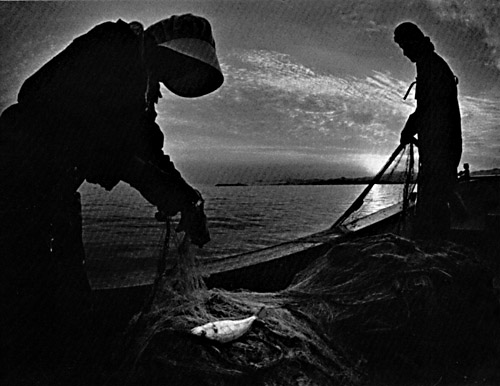Dear readers,
I am Antonio Jesús Ibáñez García, I have 25 years and currently I live in Budapest.
Well, I don't know how start. First, I will begin with the physical appearance.
I am tall, thin and I have a crest on the head. My personality is amazing. I am a good person, very funny, always with a smile in the face. I like to help my friends and always I like stay with them and I like talk with them about all things. I am a good cook and I like cook because I love the food and eat. I know do all the housework, and I do very well.
In occasions, I am a little bad with the people, but it's normal, in many occasions, the people are stupid. I don't like the opinion of some people about some themes in concrete and I like talk about this themes.
I have two sisters and one brother. I love all of them, but I have different relationship with each one of them. Sometimes it's very difficult have siblings. Your siblings always are with you. It's beautiful to have a person who you know that always he will help you.
My father is a person who it's difficult to describe. It a good person but he has some problems and it's better don't talk about him.
I have many good friends. Now that I am in Budapest, I miss them very much but it's normal, I am in other world here. You meet people all days, you learn many things about all cultures and cities around the world.
And I don't know that I can write. This is all for my dear readers.
Best regards for all.
Five likes and five dislikes
Five likes
- The people who accompained me all days to class and the good moments that I passed with them in the bar.
- The teachers who teached their subjects with a smile and good jokes, it isn't all the content, it is the way of how you teach.
- The weather with the big sun and the hot.
- The city with your family, your friends and your beach.
- The subjects without problem to convalidate.
Five dislikes
- The test because for me it's always the same, you don't learn nothing.
- The infraestructure very small but it's normal, it's a small city.
- Some teachers with who is imposible talk with them.
- The time-table is very early at nine o'clock.
- The size because is small when compare with other place.
Explain your reasons for taking this course and your expectations about it
I take this subject because it is interesting to have the knowlegde of the global change in all of his extension. Because without these knowlegde, we are blind about the world's problems.
Other interesting in this course is the posibility to write in english because I am in other country to learn english and it is good for me.
I wait to learn all about the matter of the global change and the problems that humanity cause to the Earth in all his extension.
How is possible that the humanity use the natural resources without impact?. One day, Earth will not have the possibilty to providy all natural resources for the humanity.
What seems to you most interesting or challenging about the course?
I wait to learn all about the global chance. The most interesting is to talk about the global chance, all his problems and his drawbacks.
To know the little things of global change, the why, how and who, I think that this is easy to know but it is not too much because there are a lot of lies behind the global change and a lot of trues hidden.






